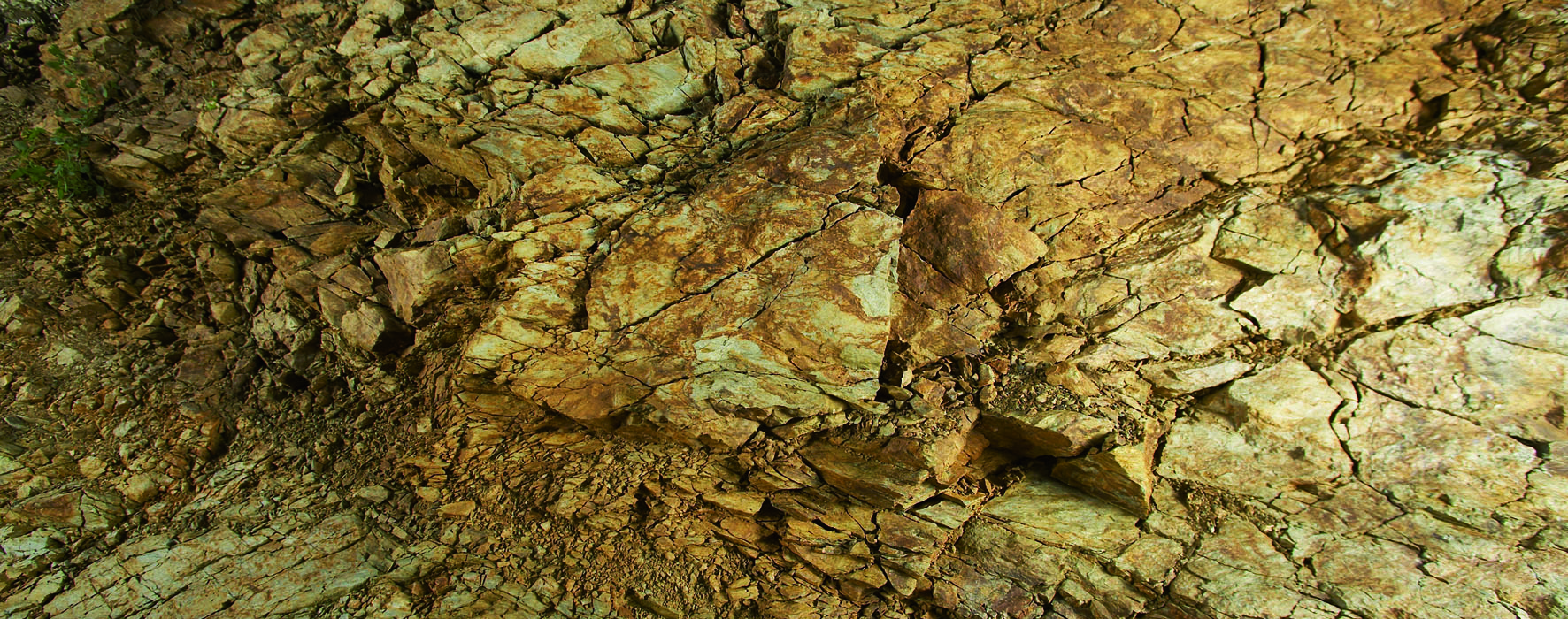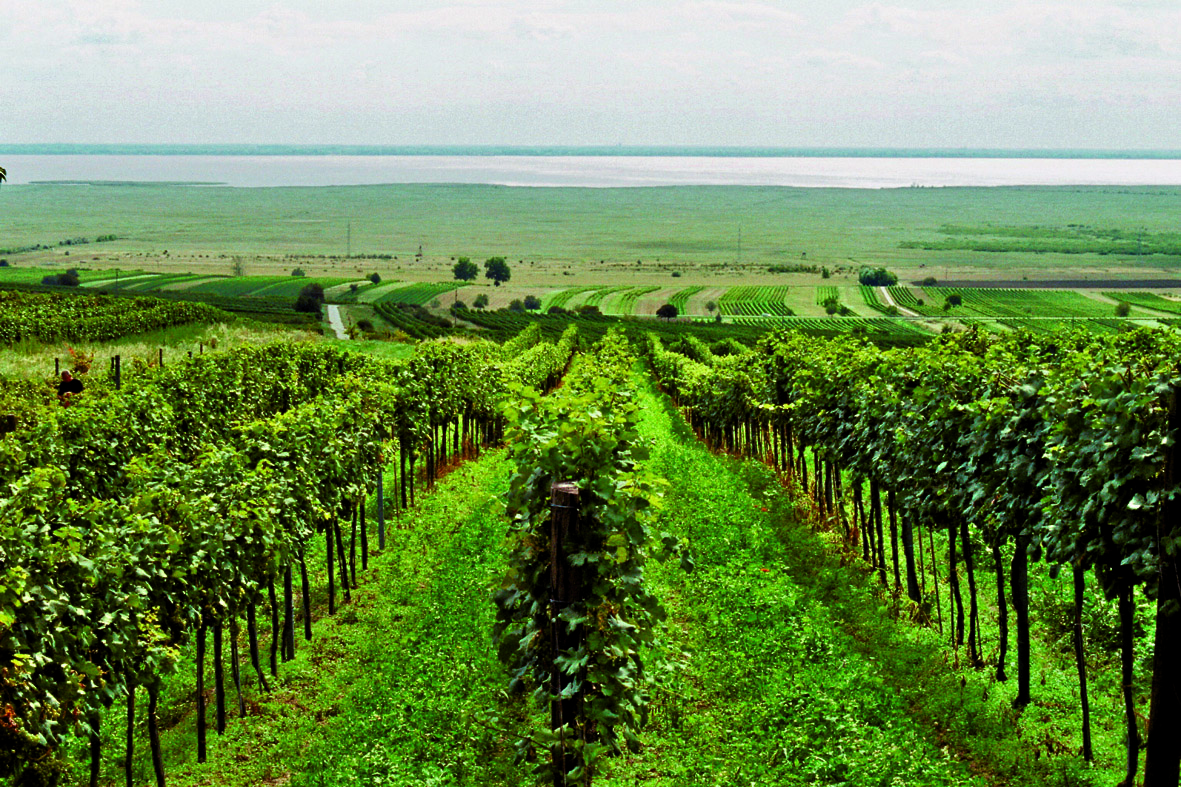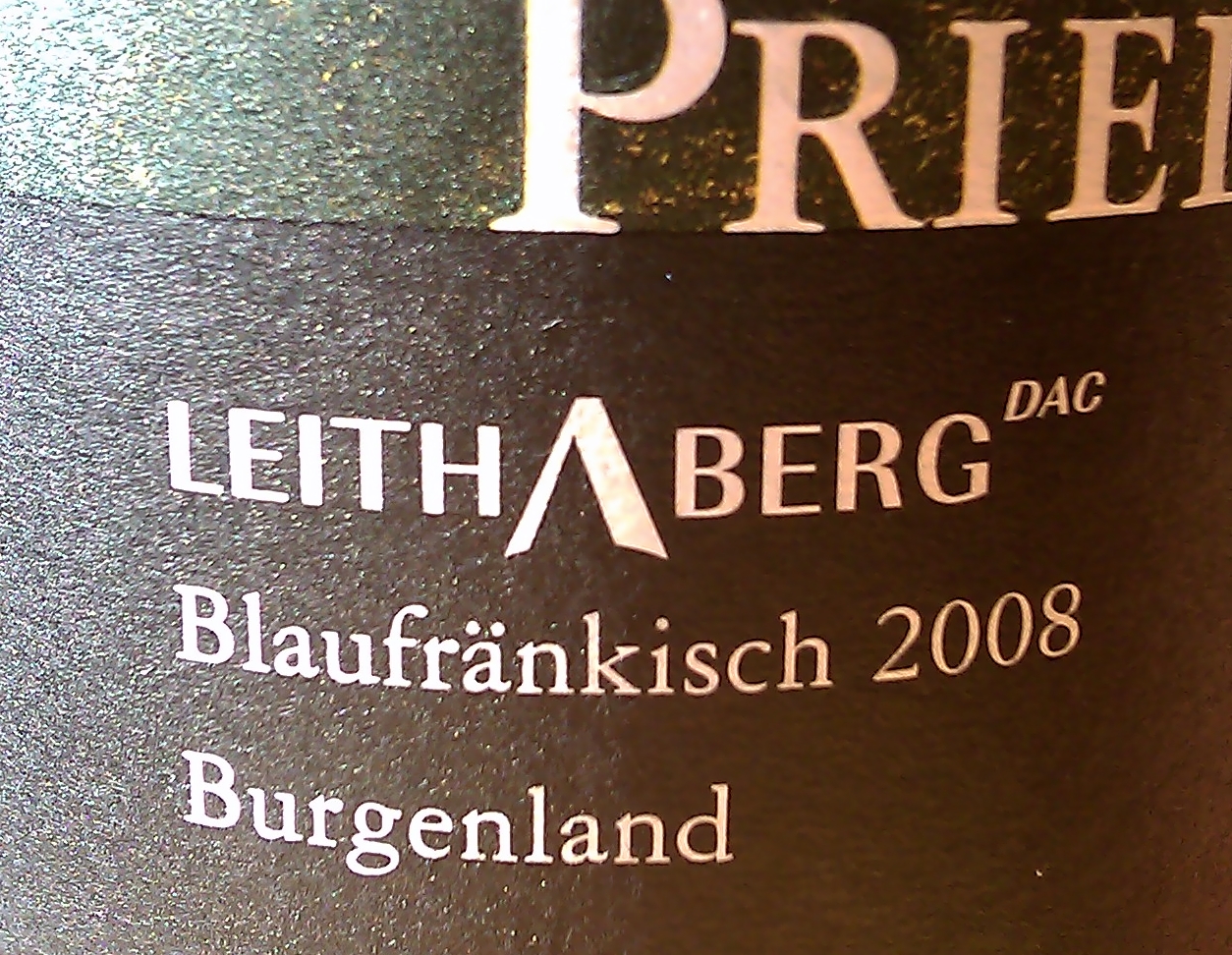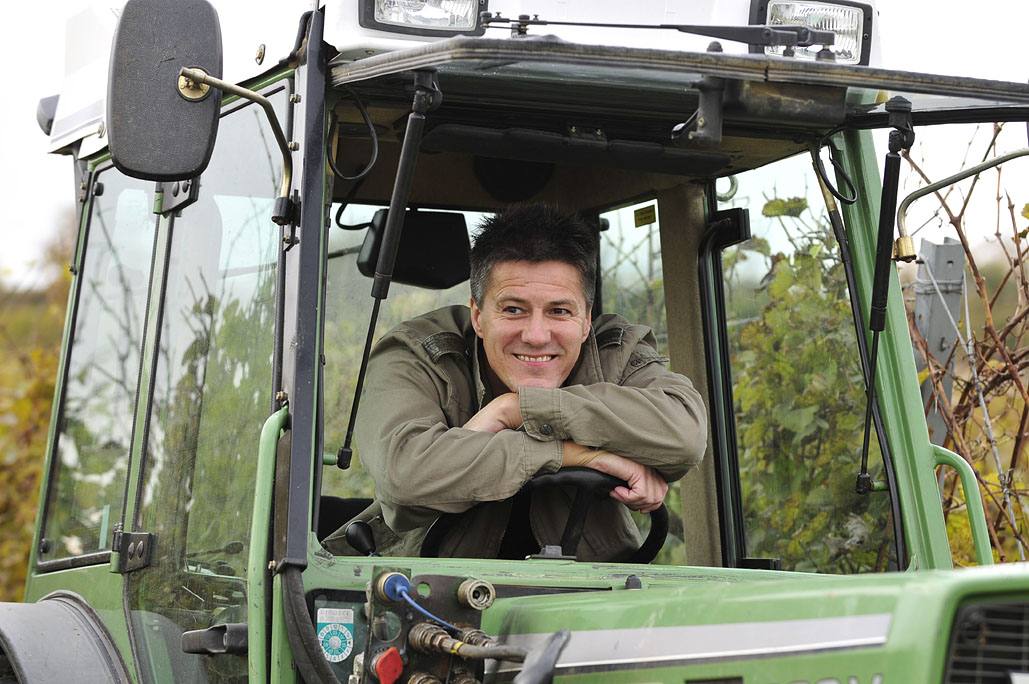Refreshing Austria
Posted on 22 March 2011
The annual Austrian tasting is one of Warsaw’s major tasting occasions that I covered already in 2009 and 2010. This year, it was well attended, and I tasted the new vintages of some of my very favourite Austrian wines such as the 2009 Heiligenstein Riesling from Schloss Gobelsburg, the 2008 Ruster Ausbruch Pinot Cuvée from Feiler-Artinger, one of the world’s most sensual sweet wines with 220g of sugar, or Tement’s impressive 2008 Zieregg Sauvignon.
My best tasting year, however, was not with a single producer but with the Leithaberg association. This relatively young vineyard area (non-existent as recently as the late 1990s) is located in Burgenland, eastern Austria, not far from Lake Neusiedl, but unlike the latter’s flat, fertile loam soils, Leithaberg lies on steep hills with a much cooler microclimate. The grapes of choice are the Burgundian varieties such as Pinot Noir, Chardonnay, Pinot Blanc, as well as Austria’s white warhorse Grüner Veltliner and red Blaufränkisch. What really makes Leithaberg interesting is the unusual geology, with alternating shell limestone and slate. The latter is very rare in Austria, and a unique terroir to grow Pinot Noir or Chardonnay.
Leithaberg came to being as a terroiristic dream of just a few estates: Prieler and Nittnaus, who spawned here from their vineyard bases in Neusiedlersee. They were later joined by small-size vintners such as Birgit Braunstein, as well as total newcomers such as the biodynamic Toni Hartl (a former tramway driver in Vienna). In recognition of their qualitative leaps, the 62 estates of Leithaberg received the official DAC Leithaberg recognition (equivalent of French AOC) in 2010 as the first area in their broader region.
What makes the Leithaberg wines so exciting is how atypical they taste for Austrian reds. Only the Blaufränkisch grape is allowed, but unlike many Burgenland interpretations of the grape which are enthusiastically oaked and generally made to resemble the ‘international’ style, the Leithaberg DAC reds on the whole have tremendous freshness and poise. Of course, it’s a consequence of the cool climate and soil conditions here, but there’s also a visible change of approach: these wines are just made in a much fresher and more drinkable style than was the norm in Austria as recently as the early 2000s.
My thanks to Jason Turner for introducing me comprehensively to these wines. From the dozen 2008 reds I tried here, each from a different estate, all were at least very good. Standouts included Leithaberg’s two pioneers, Prieler (tannic and sturdy but vibrant and so mineral) and Anita & Hans Nittnaus, but also the floral, almost Burgundian Toni Hartl, and Markus Altenburger who is even more impressive for having practically no background in winemaking. These 2008s were all vibrant and refreshing and with their zesty tight mineral tannins, they’re guaranteed to age well. In less than a decade Leithaberg has become a clear leader in Austrian red wine.
Disclosure
All wines described were provided by the producers. The tasting was organised by the Austrian Wine Marketing Board for which I did an unpaid seminar presentation earlier on the day.





